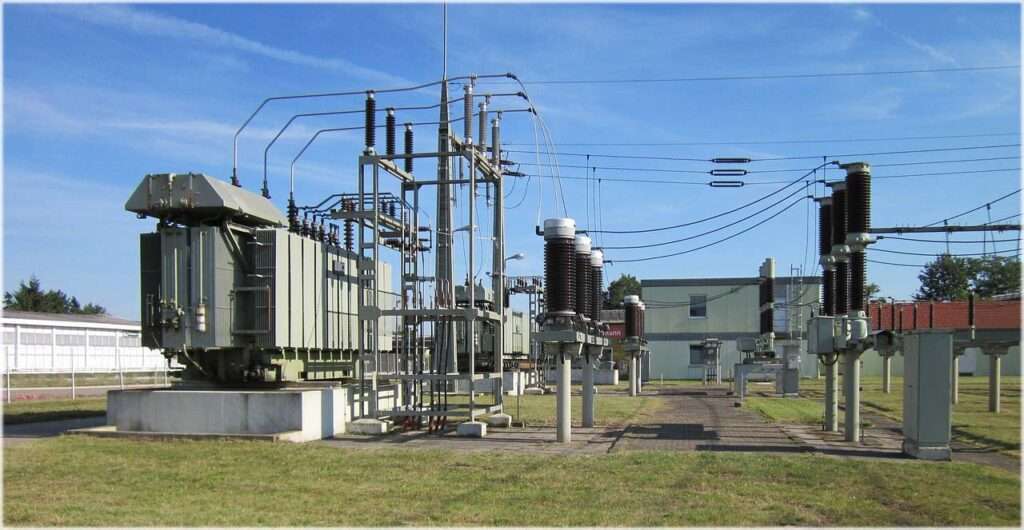NEC Demand Factor: A Quick Overview
The NEC demand factor is a crucial component of electrical design, as prescribed by the National Electrical Code (NEC). By incorporating demand factors, electrical designers can accurately determine the expected maximum demand on an electrical system, ensuring safety and efficiency in electrical installations. In this article, we will delve into the concept of the NEC demand factor, its significance, and its application according to the NEC guidelines.

The NEC demand factor is a multiplier used to calculate the expected maximum demand on an electrical system. This factor takes into account the diversity of loads and the probability that not all loads will operate at their maximum simultaneously.
Read More
By applying demand factors, electrical engineers can avoid overestimating the total load and oversizing electrical equipment, which can lead to unnecessary costs and inefficiencies.
The NEC provides specific guidelines and demand factors for various load types, such as lighting, appliances, motors, and heating/cooling equipment. These factors are based on statistical data and engineering experience, reflecting real-world usage patterns. Incorporating the NEC demand factors ensures that electrical systems are properly designed, optimized, and in compliance with industry standards.
NEC Demand Factor Example
For instance, the NEC demand factor for general lighting loads is commonly set at 35%. This means that only 35% of the total lighting load is expected to operate simultaneously at its maximum. By utilizing this demand factor, designers can accurately determine the lighting load requirements and appropriately size the equipment, such as transformers and distribution panels, to handle the expected demand.
Additionally, the NEC provides specific demand factors for motors based on their size, application, and operating characteristics. These factors consider motor starting currents, duty cycles, and other parameters to estimate the expected demand on the electrical system. By applying the NEC demand factors for motors, designers can ensure that the electrical system can handle the starting and running currents of motors without overloading.
It is important to note that the NEC demand factors may vary depending on the specific application and installation type. Electrical designers should refer to the NEC guidelines and applicable codes to determine the appropriate demand factors for their particular project.
In conclusion, the NEC demand factor is a vital aspect of electrical design as it helps ensure that electrical systems are properly sized, efficient, and in compliance with industry standards. By considering the NEC demand factors for various load types, electrical professionals can make informed decisions, optimize electrical designs, and create safe and reliable electrical installations. Adhering to NEC guidelines promotes electrical system longevity, reliability, and adherence to recognized industry standards.
Remember to consult the NEC guidelines and applicable codes for accurate and up-to-date demand factors relevant to your specific project. By incorporating the NEC demand factor, you can optimize your electrical design, meet regulatory requirements, and ensure the safety and efficiency of your electrical system.
Related Posts:
- What is Demand Factor and Diversity Factor?
- Transformers: Important Types, Features
- Transformer Oil Testing: 9 Important Tests
- 10 Transformer Tests Before Commissioning
Subscribe to our Newsletter “Electrical Insights Daily” to get the latest updates in Electrical Engineering. You can also Follow us LinkedIn and Facebook to see our latest posts on Electrical Engineering Topics.
